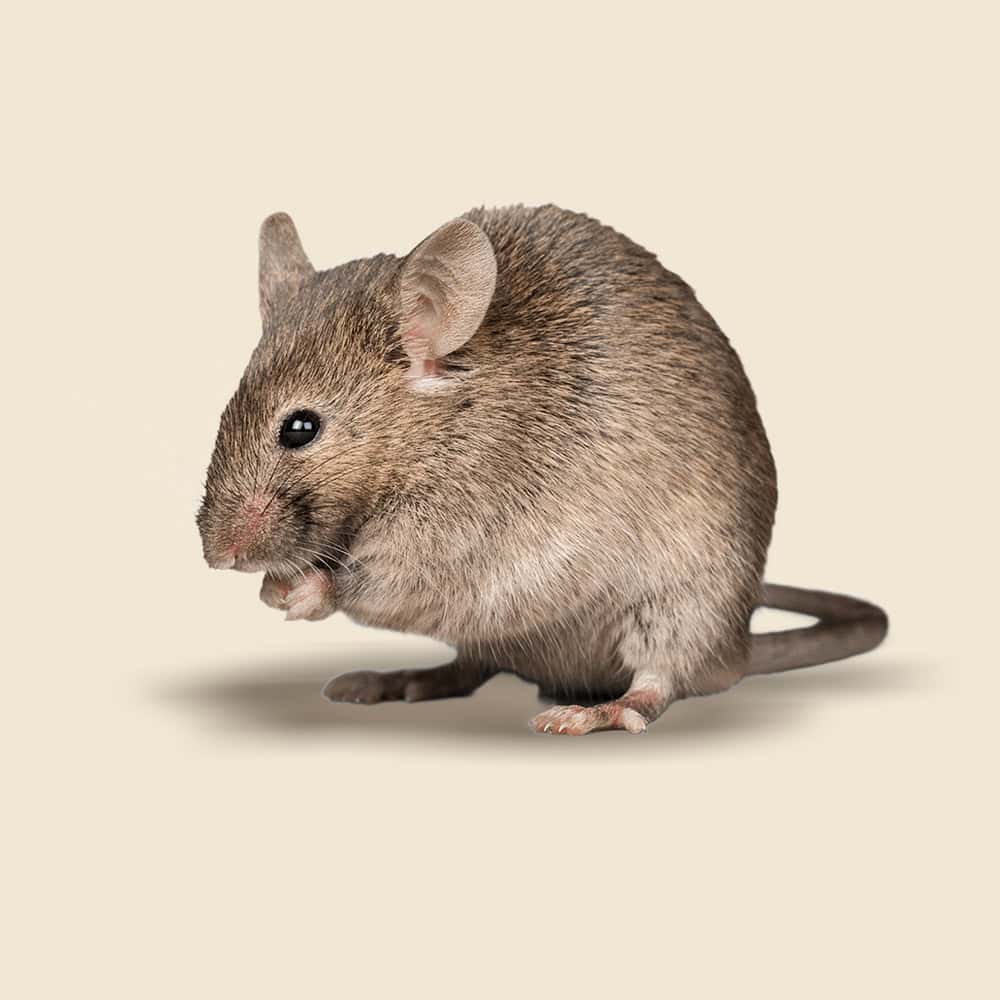California Mouse Facts & Information
California mice are small rodents known for their adaptability and ability to thrive in a variety of environments, from urban areas to agricultural fields. Characterized by their slender bodies, large ears, and soft fur, these mice can often be identified by their grayish-brown coloration and white underbelly. While they play a role in the ecosystem as prey for various predators, their presence in homes and buildings can lead to property damage and potential health risks.

Peromyscus californicus
What You Need To Know About California Mice
What do California mice look like?
California mice are small rodents, typically measuring about 6 to 8 inches long, including their tails. They have a slender body covered in soft fur, which is generally a mix of brown and gray with a white underbelly. Their large ears and eyes, along with long whiskers, enhance their acute sense of hearing and sight.
What do California mice eat?
California mice are omnivorous and primarily feed on seeds, grains, fruits, and insects. They forage for food primarily at night, collecting and storing food in their burrows to prepare for periods of scarcity. Their diet can vary based on the season and availability of resources.
What sort of habitat do California mice live in?
These mice are typically found in grasslands, shrublands, and areas with dense vegetation. They prefer habitats that offer plenty of cover, such as brushy areas or near the edges of forests. California mice build nests in underground burrows, often using grasses and other plant materials to line their homes.
How do California mice commonly behave?
California mice are primarily nocturnal and exhibit social behavior, often living in small family groups. They are known for their territorial nature and will defend their nesting areas from intruders. Their communication includes vocalizations and scent marking, helping them establish dominance and find mates.
Did you know this about California mice?
California mice are unique among their species because they exhibit monogamous behavior, forming long-term pair bonds with their mates. This social structure contributes to their success in raising offspring, as both parents are involved in caring for their young. Additionally, they have a remarkable ability to adapt to different environments, which has allowed them to thrive in various habitats across California.
Understanding California Mouse Infestations
Understanding California mouse infestations is crucial for effective management. These mice are primarily nocturnal and are often found nesting in hidden areas such as walls, attics, and basements. They can reproduce rapidly, leading to large populations in a short period. California mice are known to be curious and may enter homes in search of food, water, and shelter, making them common intruders in residential spaces.

How Hearts Handles California Mouse Treatment
Hearts Pest Management employs an integrated pest management approach to handle California Mouse infestations.
California Mouse Inspection
California Mouse Treatment
California Mouse Prevention
Educational Resources

Think You Might Have a California Mouse Infestation?
At Hearts Pest Control, we understand the challenges associated with California Mouse infestations and are here to provide professional solutions tailored to your needs. Flourishing in warm and humid climates, they are prevalent in many regions, including San Diego County, Orange County, and Los Angeles County.